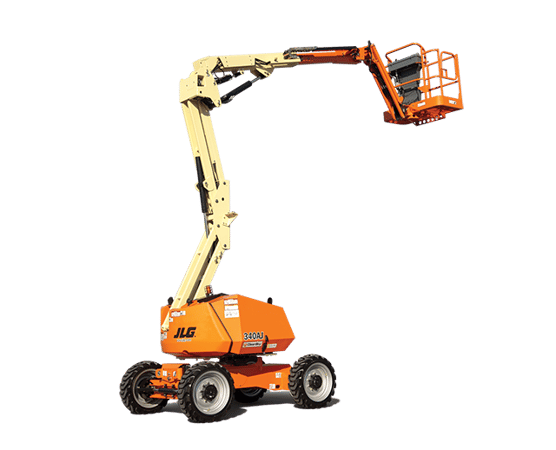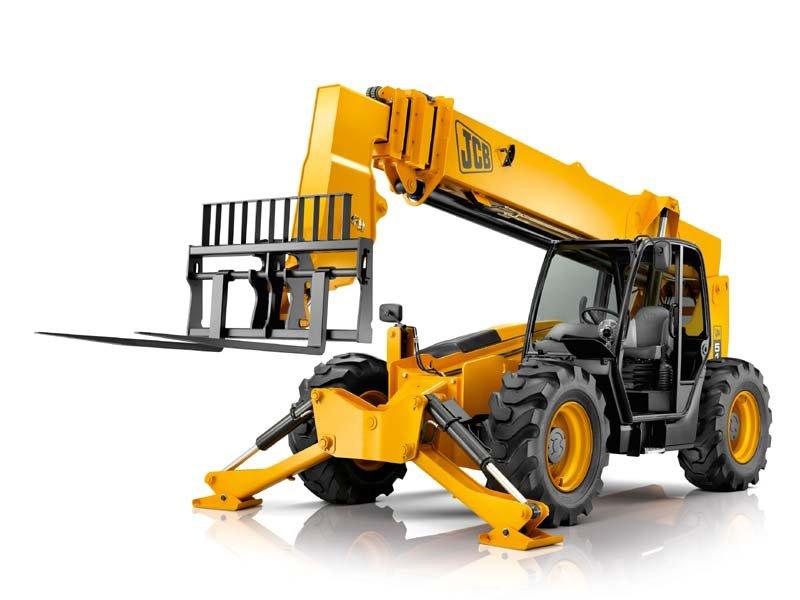Scissor Lift Rental: Safe and Reliable Lifting Solutions
Scissor Lift Rental: Safe and Reliable Lifting Solutions
Blog Article
Optimize Your Spending Plan by Comprehending the Costs Related To Construction Tools Services
Comprehending the complete range of expenses linked with building devices leasings is important for optimizing your budget. What methods can be utilized to properly manage these costs and make sure a much more efficient rental experience?
Overview of Rental Expenses
When taking into consideration construction equipment rentals, comprehending the associated prices is critical for reliable budgeting and task preparation. Rental costs can differ substantially based upon several factors, including tools kind, duration of service, and location. The initial rental fee usually mirrors the devices's market need and its linked functional abilities, influencing the general expense.
In enhancement to the base rental price, ancillary costs may emerge, such as transport charges, gas surcharges, and upkeep fees. It is vital to make up these additional expenditures to accurately examine the complete cost of leasing tools. The rental duration can influence pricing; longer rentals may qualify for affordable prices, while temporary leasings might incur greater day-to-day costs.

Failure of Rental Prices
A thorough understanding of rental prices is important for professionals and job managers aiming to optimize their budgets. Rental rates for construction equipment generally consist of several parts, consisting of base prices, time-based fees, and usage fees.
Base rates are the core costs connected with the leasing of the devices, typically identified by the type and dimension of the equipment. These rates can vary significantly, affected by aspects such as devices demand, availability, and local market patterns. Time-based charges, which might be daily, weekly, or monthly, serve to suit various job timelines and rental durations.
In addition, rental prices may include use charges, which are appropriate when equipment is made use of past a specified limit, making sure that the rental business can account for damage. Seasonal demand fluctuations can additionally impact rental rates, with peak building seasons commonly commanding greater rates.
Furthermore, understanding the rental company's policies pertaining to maintenance and insurance can supply further understanding into the total expense framework. By evaluating these parts, specialists can make enlightened decisions, making certain the choice of rental tools aligns with both project needs and spending plan constraints.
Added Costs to Consider
Understanding the details of additional fees is important for service providers to handle their overall leasing expenditures effectively. Beyond the conventional rental prices, different auxiliary charges can substantially affect the overall expense of devices leasing. These charges usually consist of distribution and pick-up costs, which can differ based upon range and logistics associated with moving the tools to and from the work website.
Furthermore, some rental business may impose gas additional charges if the tools is returned with much less fuel than when leased. It is likewise vital to understand prospective cleaning fees, specifically for specialized equipment that calls for thorough upkeep after usage.

Extensively examining the rental agreement and making clear these extra charges upfront can assist service providers prevent unforeseen prices and ensure that spending plans stay intact throughout the task lifecycle.
Maintenance and Repair Work Expenses
Routine repair and maintenance expenses are often ignored variables that can dramatically influence the total cost of building and construction devices rentals. When renting out equipment, it is critical to think about not just the rental fees yet also the possible costs connected with maintaining the machinery in ideal operating problem.
Many rental firms include standard upkeep as component of the rental contract; however, extra comprehensive repair work or unanticipated breakdowns can result in extra costs. It's essential to evaluate the rental agreement thoroughly to comprehend what upkeep solutions are covered and what responsibilities fall on the tenant.
Furthermore, equipment that is not well-kept can bring about inefficiencies at work website, possibly causing delays and increasing project prices. To alleviate these threats, it is suggested to perform normal inspections and maintain open communication with the rental service provider relating to any type of issues that arise during pop over to this site usage.
Insurance and Responsibility Costs
Insurance and liability costs are crucial components that can substantially influence the total cost of building equipment rentals (equipment rental company). These expenses guarantee that both the rental company and the customer are secured from prospective financial losses occurring from crashes, damages, or theft throughout the rental duration

Furthermore, clients must be aware of any deductibles or exemptions in the insurance coverage policy, as these can influence possible out-of-pocket expenses. Recognizing the conditions of any kind of insurance protection is vital to stay clear of unexpected expenses. Ultimately, budgeting for insurance policy and liability costs can aid guarantee a smoother rental experience and secure versus monetary threats associated with building tasks.
Conclusion
In final thought, a comprehensive understanding of the expenses connected with building tools services is important for efficient spending plan monitoring. By evaluating rental prices, added fees, maintenance expenses, and insurance coverage demands, individuals and organizations can reduce unforeseen expenditures. This calculated technique not just boosts cost-effectiveness however also makes sure that tasks proceed efficiently and efficiently. Eventually, notified decision-making pertaining to equipment leasings contributes to the general success of building and construction ventures.
Rental costs can differ dramatically based on numerous aspects, including equipment type, duration of rental, and area (mini excavator rental). The rental period can influence prices; longer rentals might qualify for reduced rates, while temporary leasings might sustain greater day-to-day charges
By performing complete research and involving with credible rental business, professionals can effectively browse the complexities of rental prices, ultimately optimizing their monetary resources.
Past the basic rental prices, various auxiliary charges can dramatically affect the complete expense of tools rental. Rental business often supply responsibility insurance policy try here that covers injuries to third celebrations or damages to home, while tools damage insurance coverage can cover the price of repair services or replacement if the leased tools is harmed.
Report this page